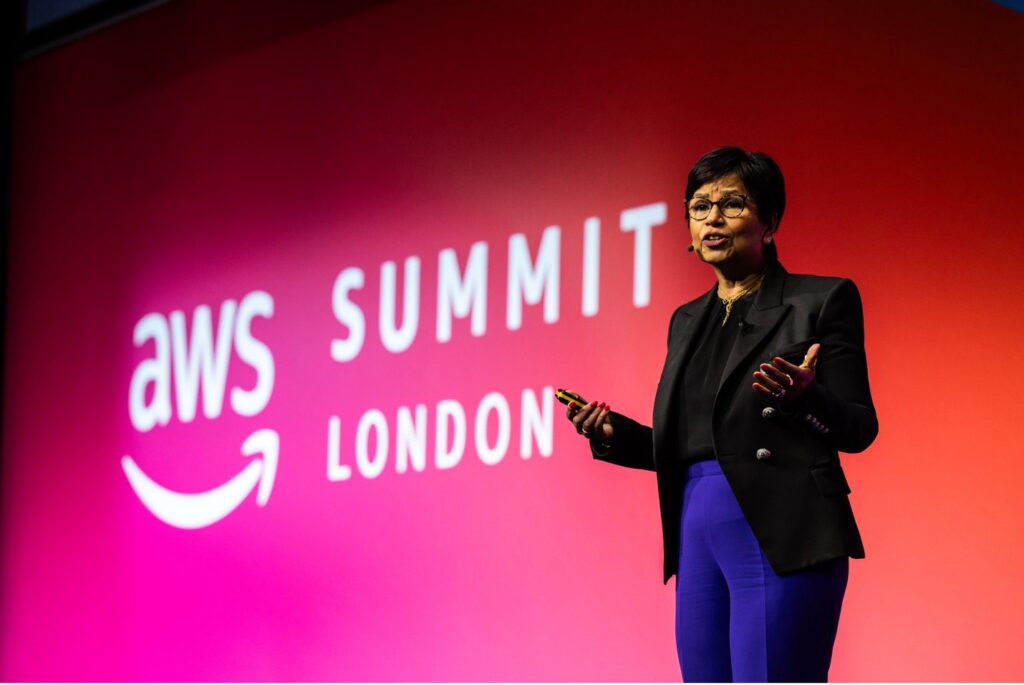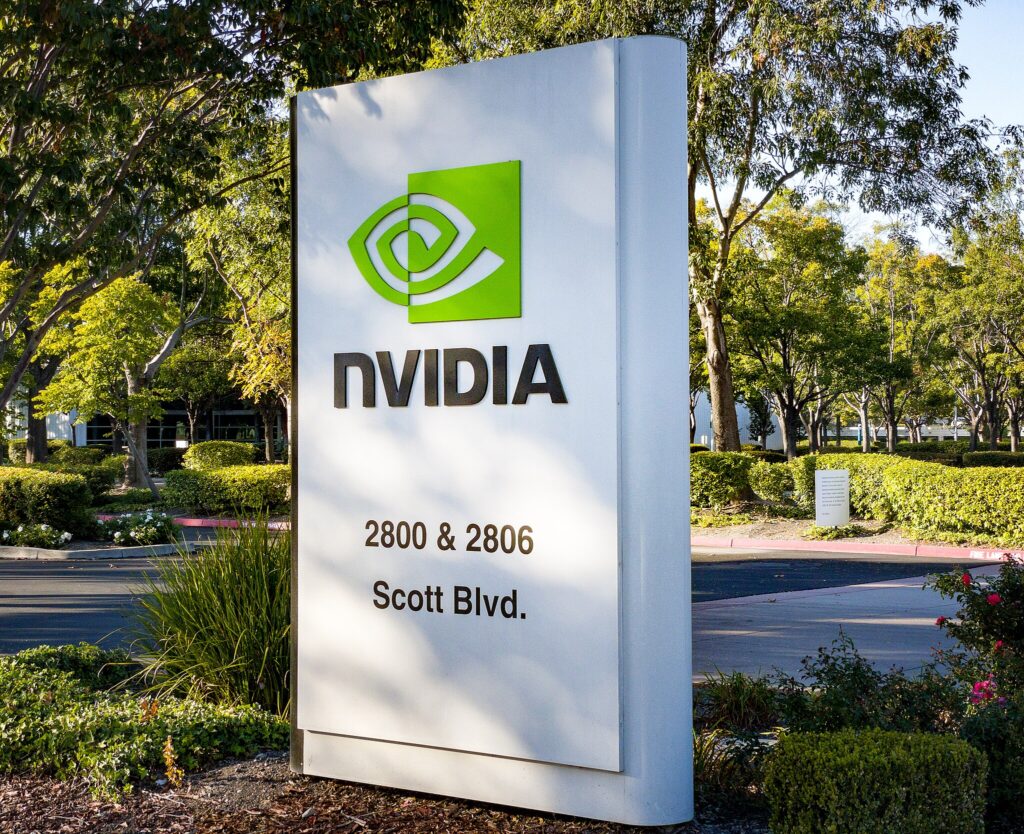Imagine you’re three weeks into the new job, and an email lands in your inbox. It’s the HR team, reminding you to take the mandatory cybersecurity training course you’ve completely forgotten about.
The deadline is next week, so, with an afternoon to spare, you put on a pair of augmented reality (AR) spectacles. You’re sitting in your living room – or have booked a private office at work all your own for the next few hours – and within that space stands a CGI avatar introducing you to your cybersecurity course. They seem to be a cartoon caricature of the pedantic IT guy from the original version of The Office.
After the avatar’s introduction, you’re asked to watch three talking head videos hovering above your pet cat. Your task is to identify which videos are real and which are deepfakes. The task is fun; even better you get it right, putting a few plus points on your permanent work record and bringing your team one step closer to getting an end-of-year prize. If at your workstation, you’re invited to pull down the virtual reality (VR) headset hanging in one corner to try out a bonus round for extra points. In this version you’re in a virtual Christmas party surrounded by your colleagues beamed in as avatars. There is noise, there is music, and your job is to eavesdrop to see which avatar is a hacker roleplaying to find company secrets.
To some, this scenario may sound like Christmas come early. To others, it may sound as far-fetched as the existence of Santa, or as soulless as an overly-commercialized holiday season.
The fact is though that workplace gamification, as it is known, already exists in a more rudimentary form. And the tools behind such challenges and tasks which make work more engaging not just in real-life but in the metaverse are already there, waiting for the concept of immersive and unreal worlds to actually become a thing.
Among the big questions that need answering include who is this technology exactly aimed at: younger workers who’ve grown up playing games on their phones and consoles? Or anyone and everyone?
The other question: do any workers actually want this kind of virtual scenario?
Either way, the future is already here. Big names such as Accenture and AWS have recently deployed VR training solutions, while companies in the corporate gamification sphere are already eyeing a metaverse future.
Attensi is one example, an Oslo-headquartered startup which trains employees in authentic situations involving human interaction and operation of software and systems. Its combination of 3D modeling with insight into human behavior and psychology has been taken onboard by some pretty big partners, including Accenture, Zurich Insurance Group, PwC, Hiscox Insurance and more.
“The metaverse is an extremely exciting space and one that Attensi are investing in heavily,” says Huw Newton-Hill, head of Attensi US. “We have extensive experience in VR training and we’re exploring extension to the metaverse with many clients.”
To understand how that extension may work in the metaverse requires a look at how Attensi’s tools are currently used to train up workers through gameplay.
With Hiscox Insurance, Attensi partnered to create the world’s first ‘underwriter simulator’, which included interactions with 3D avatars of brokers and colleagues, simulated market research, email requests and phone calls with experts.
“The simulation puts the individual in very real situations where they can experience the results of their actions through simulation, providing insights, lessons and honing intuition that face-to-face and e-learning exercises can’t match,” says Newton-Hill.
Another project was with KPMG, where Attensi developed an app that provided its sustainability team with training on ESG-related topics. But while it’s easy to assume such solutions appeal more to younger generations on a surface level, Attensi’s data says otherwise.
“We see extremely positive feedback across seniority levels,” reveals the Attensi head. “For example, one solution aimed at the highest leaders with a technology consulting company achieved extremely high engagement with over 60 percent of leaders returning to the app over time to continue their training journey.”
This type of repetition and realistic learning, Newton-Hill believes, is “pure gold” for workers and companies alike. But it remains to be seen whether that continues to be the case in a more immersive setting.
Everyone is game
While Attensi’s solutions can be enjoyed in VR form, they are mainly deployed by enterprises to employees in desktop or app form, much like any computer game.
The projected vision of the metaverse is one in which people play and work using VR headsets or AR, similar to the 2018 Spielberg movie Ready Player One.
AR lets users see the real world overlaid with digital data, through AR glasses, for example. AR projections meanwhile can beam the same sort of visuals into one’s room.
Attensi’s 3D brokers could theoretically appear in the room with you, or in a virtual room you wander around while wearing a VR headset. Just like in the scenario depicted at the start of this article, work teammates could answer questions posed by life-sized avatars or through text dynamically incorporated into one’s surroundings.
Returning to the cinematic world of Ready Player One, one may remember one of the few diverting sequences in the movie when its characters are transported to the setting of horror classic The Shining. In it they find the iconic typewriter from the Kubrick chiller, with its disturbingly repeated message of “All work and no play makes Jack a dull boy.”
So does gamification make work less dull? And would a world with a metaverse in it have work enjoyed by young professionals as an exciting pastime of sorts?
“I am always a big fan of embedding gamification into an approach so that tasks become more fun and more effective,” says Vivien Boche, SAP innovation specialist and a council member of ERP Today’s Young Professionals Network.
“As children, we were used to having fun and play as the central part in our lives in our early days. Throughout school, we lose these abilities more and more and just implement them sporadically. I believe the metaverse can bring aspects of it back in a different format.”
While Boche believes the metaverse appeals to some young professionals, she doesn’t think it’ll necessarily appeal to those who may have grown up with more video games than previous generations.
“I recently had a conversation with someone who is a gamer, and he said that he is rather enjoying being an individual player than gaming in a multiple player environment. That, to me, shows that not even all gamers are drawn to the metaverse which you might assume.”
Newton-Hill agrees, pointing to data that the average age of a gamer in the US is 34, and “not 22 as some people may think.”
But if the metaverse does eventually hatch, it’ll doubtless be borne of the gaming industry. The biggest metaverse leader right now isn’t Meta but gaming giant Activision Blizzard, which Microsoft recently bought for $68.7bn. The mega-deal was presented by both parties as providing the ‘building blocks for the metaverse.’
“In many ways, learning is a lot like a video game,” believes Revolent global learning and development director, Ami Noble-Newton. “You might know the rules, and you might have even watched others playing the same game, but unless you roll your sleeves up and use this knowledge to gain your own experience, and acquire the skills yourself, you won’t make it to the next level.”
“By gamifying the feedback loop via the medium of mobile optimized game play, companies benefit from increased completion levels and the ability to get more granular data, as you can ask more questions than in a normal survey,” adds Stephen Rundell, founder of Talos360.
“By adopting gamification into the employee life cycle, HR can interact with them in a much less formal, incredibly engaging way.”
Revolent’s director believes that regardless of whether a metaverse develops or not, gamified solutions are the future of white collar work. Hence Revolent offering virtual instructor-led learning to employees.
“I think we all remember the point when we realized that we just physically couldn’t take another Zoom call or follow another online presentation, so we really wanted to avoid that as much as possible,” says Noble-Newton. “Instead, we pivoted our efforts to reflect the changes we’re seeing in the world of work, in which remote and hybrid work arrangements have become the norm.”
Not that gamification works for everyone. According to Cara Shoemaker, director of marketing communications at Pymetrics, blue-collar workers have a slightly lower preference for the gamified assessments created by the New York startup.
“(This is) as they need to understand the relevance of doing the games as it relates to their role. To address this, we will be creating a shorter game set of our most job valid, job relevant games.”
For Cloudapps CEO Andy McDonald, gamification can only work if it starts “with the basics, such as simplicity and inclusion, and link these to clear, identifiable business objectives.”
In McDonald’s view, the key of gamification “is to make things easy to understand for all participants, to take them on a journey that drives towards a successful goal and to align this with the top level organizational goal, whether this is higher revenue or increased customer satisfaction.”
All the gamification companies interviewed by ERP Today claim to not see any significant difference in satisfaction or completion rates by age group. In other words, younger professionals don’t need to be fully on-board for gamification to take off in the enterprise metaverse.
For SAP’s innovation guru, young professionals working in enterprise tech are cautious yet open-minded about a metaverse future in the office.
“Due to it being virtual, the gamification approach will be used in a different context,” predicts Boche. “I can see it used for demonstrating products in showrooms, training purposes, and building communities across continents by connecting in different ways.
“However, I also believe we might be a few years away until most companies use the metaverse capabilities. It will be some niche area for a long time until the supporting hardware and software technology finds its way into the majority of our daily lives.”
“(But) it’s definitely exciting to imagine that I could do my company values and strategy training in an immersive gamification world one day.”




